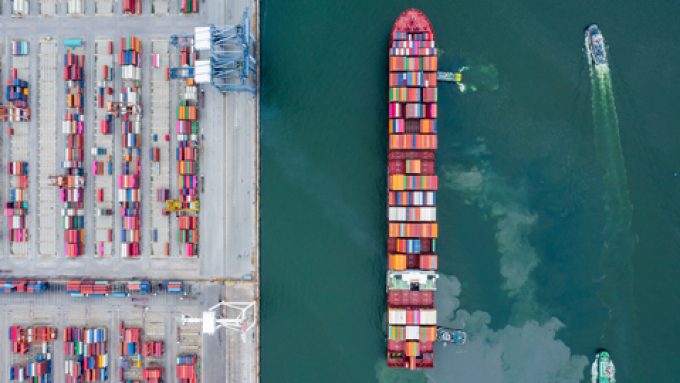Overcapacity looms for ocean trades – with more blanked sailings inevitable
Notwithstanding the possible effects of the US tariffs on global container trades, the box lines ...

A year ago, shippers were desperate to agree annual contract deals with ocean carriers to secure their supply chains, and were prepared to do, and pay, ‘whatever it took’.
And carriers were holding ’beauty contests’ to determine the most attractive large-volume BCOs to be included in their exclusive customer portfolios.
But 12 months on, the container liner shipping market has seen an 180-degree turn – world economies are being racked by huge hikes in energy costs, high inflation and spiralling interest rates, ...
'Disastrous' DSV-Schenker merger would 'disrupt European haulage market'
New senior management for DSV as it readies for DB Schenker takeover
Volumes set to 'fall off a cliff' as US firms hit the brakes on sourcing and bookings
Asian exporters scramble for ships and boxes to beat 90-day tariff pause
Amazon pushes into LTL for small package fulfilment and UPS does a u-turn
Temporary tariff relief brings on early transpacific peak season
Pre-tariff rush of goods from US to China sees air rates soar, but not for long
Forwarders 'allowing the fox into the chicken run' by supporting 'hungry' carriers

Comment on this article